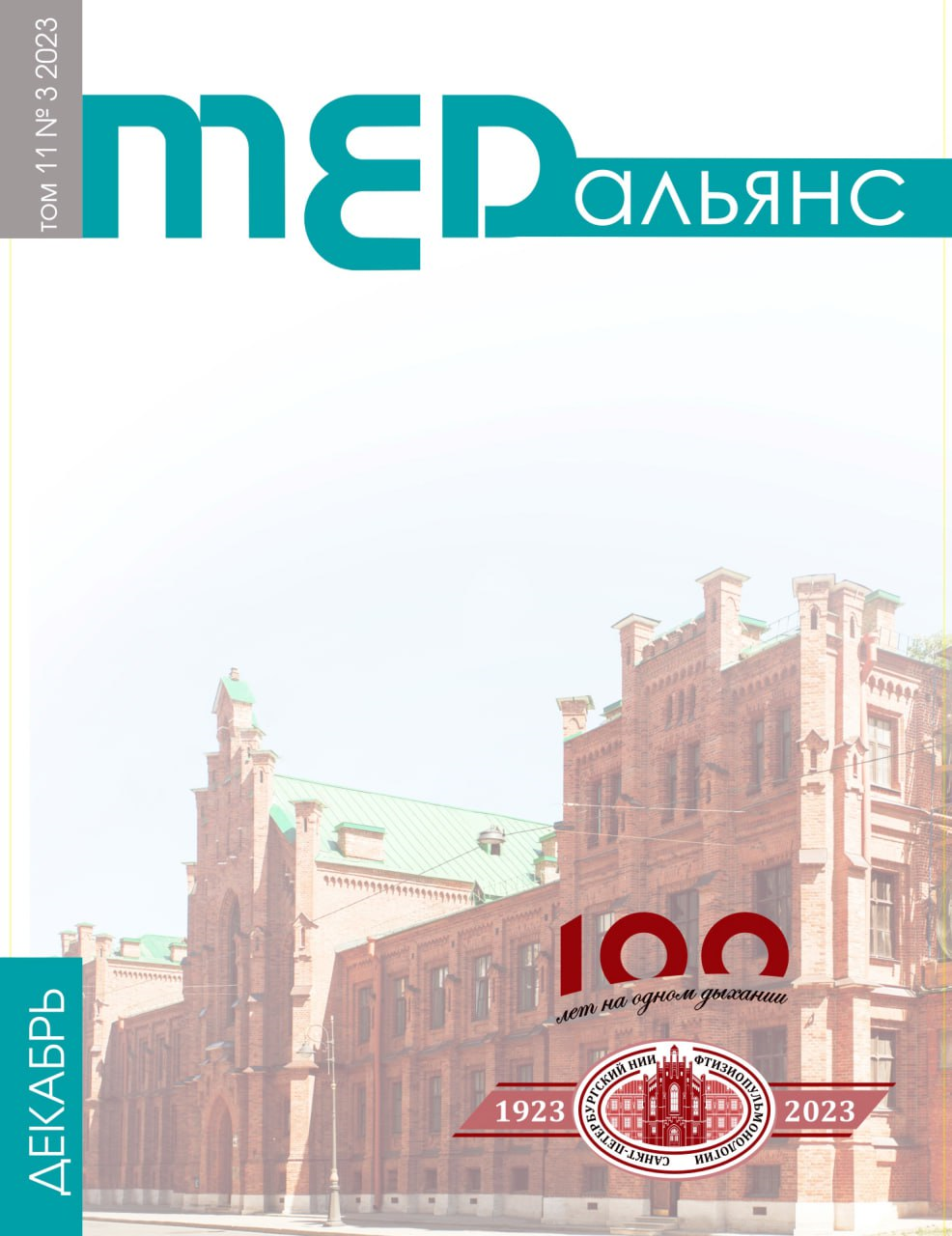Abstract
Methods of related sciences can be applied to study the spread of tuberculosis. Cartography may act as an integration science, the methods of which can be used in the organization of epidemiological work. Purpose: Use GIS methods to conduct a geospatial analysis of medical statistics’ data, and then create a geoinformation model of the spread of the disease. Materials and methods. A spatial study of retrospective information about the places of residence of patients in two megacities was conducted. Methodological solutions for data preparation, analysis and visualization have been proposed. The software tools from the QGIS open source software were used in the work. The research uses such methods as the method of aggregating data to individual houses, the method of constructing regular grids, methods of cluster analysis (k-means) and the construction of KDE maps. Results. Spatial analysis methods have established that in large megacities there are territories in which there is a long-term stable reproducibility of cases of the disease. The data aggregation method determined that 41.5% of all cases of tuberculosis were registered in 3.8% of all residential buildings in St. Petersburg, and 19.7% of all cases of tuberculosis were registered in 1.4% of the residential buildings in Yekaterinburg. According to the results after constructing regular grids, it was revealed that the average number of patients in certain territories was many times higher than the average for the city. In St Petersburg, there are from 34.2 to 40.3% of territories where cases of tuberculosis were previously reported, and in Yekaterinburg — from 31.3 to 34.1%. Conclusion. Long-term spatial data, which was analyzed for the first time in two megacities of Russia, allow us to take a different look at the problem of the distribution of registered cases of tuberculosis at different scales: from the city as a whole to a separate building, which in turn gives new knowledge for the development of evidence-based anti-epidemic and preventive measures.

